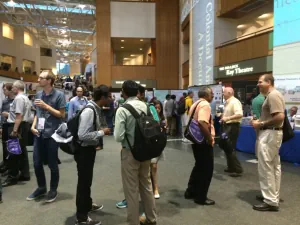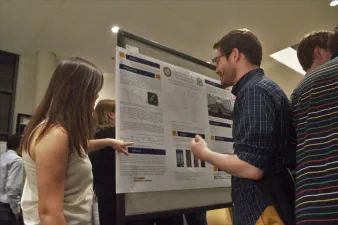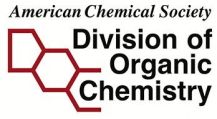Roger Adams Award
Purpose of the Roger Adams Award
To recognize and encourage outstanding contributions to research in organic chemistry defined in its broadest sense.
Nature
The award consists of a medallion, a certificate, and $25,000. The award is presented biennially in odd-numbered years. The recipient delivers a lecture at the Biennial National Organic Chemistry Symposium (NOS) of the American Chemical Society National Meeting and Symposium. The travel expenses to the Symposium are covered
ESTABLISHMENT
The award was established in 1959 by Organic Syntheses, Inc. and Organic Reactions, Inc., the Division of Organic Chemistry, and the American Chemical Society. The first award was made in 1959.
SPONSORSHIP
The award is currently funded by Organic Syntheses, Inc. and Organic Reactions® along with Wiley (which provides the funds for the medal and a portion of the award dinner), and the Organic Division (which organizes the award address at NOS). Sponsorship entails covering the $25,000 award and significant overhead costs to administer the award.
RULES OF ELIGIBILITY
The award is granted to an individual without regard to nationality for outstanding contributions to research in organic chemistry defined in its broadest sense.
About Roger Adams (1889-1971)
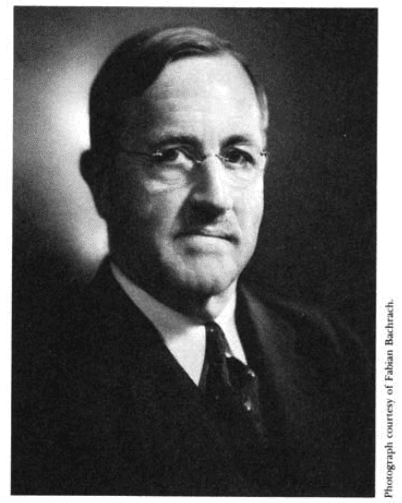
His contributions to the foundation of how graduate chemistry are carried out is noteworthy. One example, of his efforts includes that, in 1954, he designed the program for the Sloan Foundation that gives unrestricted grants to promising young professors. Adams also helped start the Organic Syntheses series including serving as Editor for Volumes 1 and 8. In 1942, the Organic Reactions series was initiated and Adams served as Editor-in-Chief for 19 years. He served as personal research director for 198 Illinois Ph.D. recipients. He served as the Chair of the ACS, Division of Organic Chemistry in 1921 and as ACS president in 1935. He retired as a research professor in 1957 and he Died July 6. 1971 at the age of 81 after a short illness.
Taken in part from the biography published by D. Stanley Tarbell and Ann Tracy Tarbell
History of the Award-Presentation at the 2022 NOS
MORE INFORMATION on The Adams Award
ACS Page on the Roger Adams Award
The Tarbell Biography from the National Academy of Sciences (PDF not available at NAS 8/4/2024)
Also available at National Academies Press (Vol. 53, 1982, p 1-47)
Tarbell, D. Stanley; Tarbell, Ann Tracy. Roger Adams: scientist and statesman, 1981, American Chemical Society. ISBN 0-8412-0598-1
Voices of Illinois-Roger Adams (parts 1-3)
University of Illinois Page on Roger Adams
The Roger Adams Papers Archive
Roger Adams on Wikipedia

